Table of Contents
Introduction
Garlic aioli is a classic condiment that originated in the Mediterranean region. This creamy, flavorful sauce is perfect for adding a touch of elegance to your dishes. Whether you’re looking to elevate your sandwiches, dress up your roasted vegetables, or create a dipping sauce for your favorite appetizers, garlic aioli recipe is a must-try..
How to Make Garlic Aioli Recipe
Ingredients and Instructions
Garlic Aioli Recipe
Course: Blog4
servings30
minutes40
minutes300
kcalTo make garlic aioli, you’ll need the following ingredients:
Ingredients
1 cup of high-quality mayonnaise
4-6 cloves of garlic, minced or pressed
1 tablespoon of fresh lemon juice
1 teaspoon of Dijon mustard
Salt and pepper to taste
Optional: 1 tablespoon of extra virgin olive oil
Directions
- In a medium-sized bowl, combine the mayonnaise, minced garlic, lemon juice, and Dijon mustard. Mix well until all ingredients are thoroughly incorporated.
- If desired, slowly drizzle in the extra virgin olive oil while continuously whisking the mixture. This step will create a slightly thinner consistency and add a subtle olive oil flavor to your aioli.
- Season the aioli with salt and pepper to taste. Start with a small amount and adjust according to your preferences.
- Cover the bowl with plastic wrap and refrigerate for at least 30 minutes to allow the flavors to meld together. This step is crucial for achieving the best taste and texture.
Serving Suggestions: Garlic Aioli Recipe
Garlic aioli is an incredibly versatile condiment that can be used in a variety of ways. Here are some ideas to get you started:
- Sandwich Spread: Spread a generous layer of garlic aioli on your favorite sandwich bread before adding your fillings. It pairs particularly well with grilled chicken, roasted vegetables, and cured meats.
- Vegetable Dip: Serve garlic aioli as a dipping sauce alongside a platter of fresh, raw vegetables such as carrots, celery, bell peppers, and cherry tomatoes.
- Fries and Potato Wedges: Elevate your french fries or potato wedges by offering garlic aioli as a dipping sauce. The creamy, garlicky flavor complements the crispy potatoes perfectly.
- Grilled Meats: Use garlic aioli as a finishing sauce for grilled meats like steak, pork chops, or lamb. The rich, tangy flavor of the aioli will enhance the natural flavors of the meat.
- Seafood Dishes: Garlic aioli is an excellent accompaniment to seafood dishes such as grilled shrimp, crab cakes, or pan-seared scallops. The garlic and lemon notes in the aioli complement the delicate flavors of the seafood.
Variations : Garlic Aioli Recipe
One of the great things about garlic aioli is that it can be easily customized to suit your tastes. Here are a few variations to try:
- Herb Aioli: Add finely chopped fresh herbs such as basil, parsley, or tarragon to your aioli for an extra layer of flavor.
- Spicy Aioli: For a kick of heat, mix in a pinch of cayenne pepper or a few dashes of your favorite hot sauce.
- Roasted Garlic Aioli: Instead of using raw garlic, roast a whole head of garlic until the cloves are soft and caramelized. Squeeze out the roasted garlic and mix it into your aioli for a milder, sweeter garlic flavor.
- Lemon-Dill Aioli: Add a tablespoon of finely chopped fresh dill and extra lemon juice to your aioli for a bright, citrusy twist that pairs well with fish and seafood.
Storage and Shelf Life
Proper storage is essential to maintain the quality and freshness of your homemade garlic aioli. Follow these tips to ensure your aioli stays delicious for as long as possible:
- Refrigeration: Always store your garlic aioli in an airtight container in the refrigerator. This will help prevent bacterial growth and keep the aioli fresh.
- Shelf Life: When stored properly in the refrigerator, garlic aioli will last for up to 7 days. However, for the best flavor and texture, it is recommended to consume the aioli within 3-4 days of preparation.
- Avoid Contamination: To prevent contamination, always use clean utensils when scooping out the aioli. Avoid double-dipping or introducing any food particles into the container, as this can lead to bacterial growth and spoilage.
- Freezing: While it is possible to freeze garlic aioli, it is not recommended. The texture and consistency of the aioli may change upon thawing, resulting in a separated or grainy sauce. It is best to make smaller batches of aioli that can be consumed within a week.
Nutritional Information: Garlic Aioli Recipe
While garlic aioli is undeniably delicious, it is important to keep in mind that it is a high-fat condiment due to its mayonnaise base. Here is a breakdown of the approximate nutritional information for a 1-tablespoon serving of garlic aioli:
- Calories: 100
- Fat: 11g
- Saturated Fat: 1.5g
- Cholesterol: 5mg
- Sodium: 85mg
- Carbohydrates: 0g
- Protein: 0g
It is important to enjoy garlic aioli in moderation as part of a balanced diet. If you are watching your fat or calorie intake, you can try using a low-fat or light mayonnaise as the base for your aioli. However, keep in mind that this may alter the flavor and texture of the final product.
Pairing Suggestions
Garlic aioli is a versatile condiment that pairs well with a wide range of flavors and dishes. Here are some suggestions for incorporating garlic aioli into your meals:
- Burgers and Sandwiches: Spread garlic aioli on your favorite burger buns or sandwich bread for a flavorful twist on classic condiments like mayonnaise or mustard.
- Grilled Vegetables: Use garlic aioli as a dipping sauce for grilled vegetables such as zucchini, eggplant, or asparagus. The smoky, charred flavors of the vegetables pair perfectly with the creamy, garlicky aioli.
- Seafood: Garlic aioli is an excellent accompaniment to seafood dishes such as grilled shrimp skewers, fish tacos, or crab cakes. The lemon and garlic notes in the aioli complement the delicate flavors of the seafood.
- Charcuterie Boards: Include a small bowl of garlic aioli on your charcuterie board alongside cured meats, cheeses, and crackers. The aioli serves as a flavorful dipping sauce that enhances the savory elements of the board.
- Roasted Potatoes: Drizzle garlic aioli over roasted potatoes for a delicious and easy side dish. The aioli adds a creamy, tangy element to the crispy, fluffy potatoes.
FAQ: Garlic Aioli Recipe
- Can I make garlic aioli without mayonnaise?
Yes, you can make a traditional aioli without mayonnaise by emulsifying garlic, egg yolks, lemon juice, and olive oil. However, this method requires more time and skill to achieve the right consistency. - Is garlic aioli the same as mayonnaise?
No, while garlic aioli is often made with a mayonnaise base, it is not the same as plain mayonnaise. Aioli contains additional ingredients like garlic, lemon juice, and mustard, which give it a distinct flavor profile. - Can I use bottled lemon juice instead of fresh?
While bottled lemon juice can be used in a pinch, fresh lemon juice is recommended for the best flavor. The acidity and brightness of fresh lemon juice are essential for balancing the richness of the aioli. - How can I make my garlic aioli thicker?
If your garlic aioli is too thin, you can thicken it by slowly whisking in more mayonnaise or oil until the desired consistency is reached. Be sure to add these ingredients gradually to avoid breaking the emulsion. - Can I make garlic aioli ahead of time?
Yes, garlic aioli can be made ahead of time and stored in the refrigerator for up to 7 days. In fact, making the aioli in advance allows the flavors to meld together and develop, resulting in a more flavorful condiment.
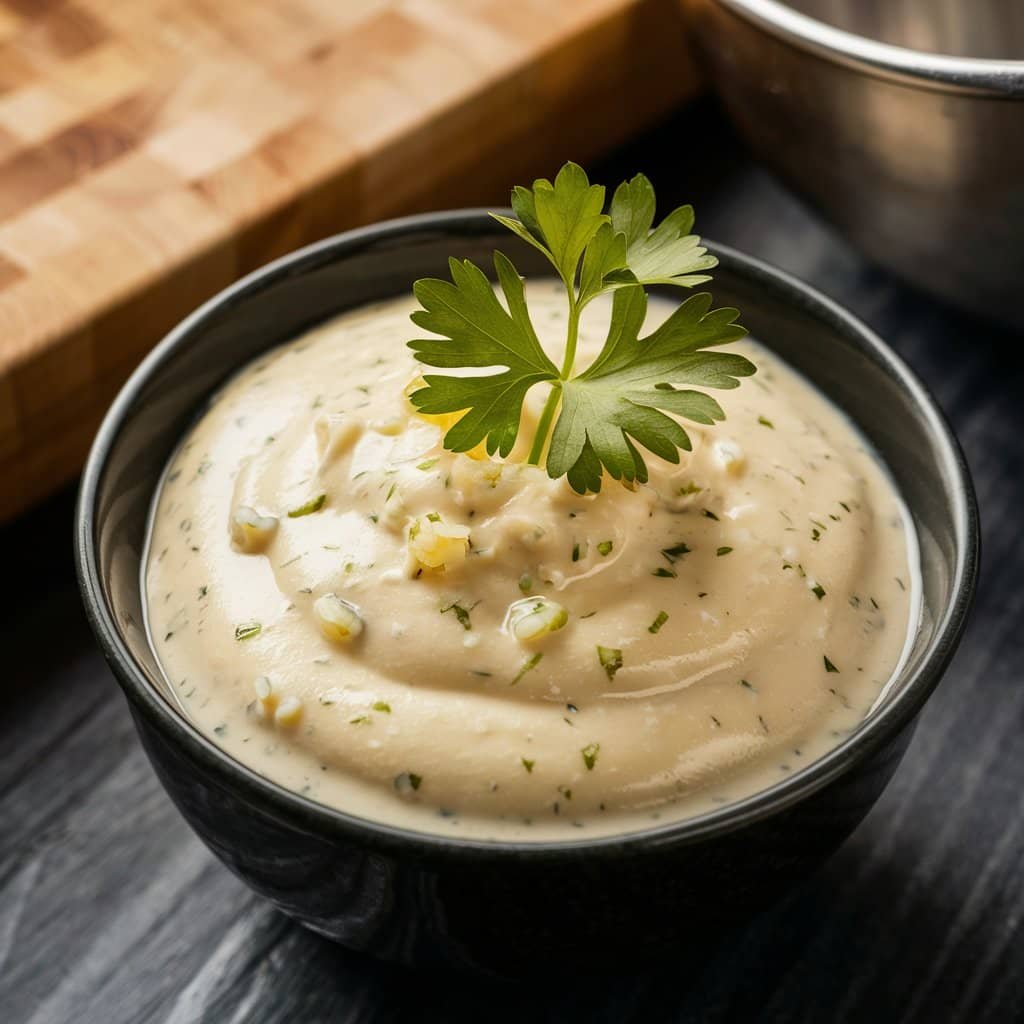
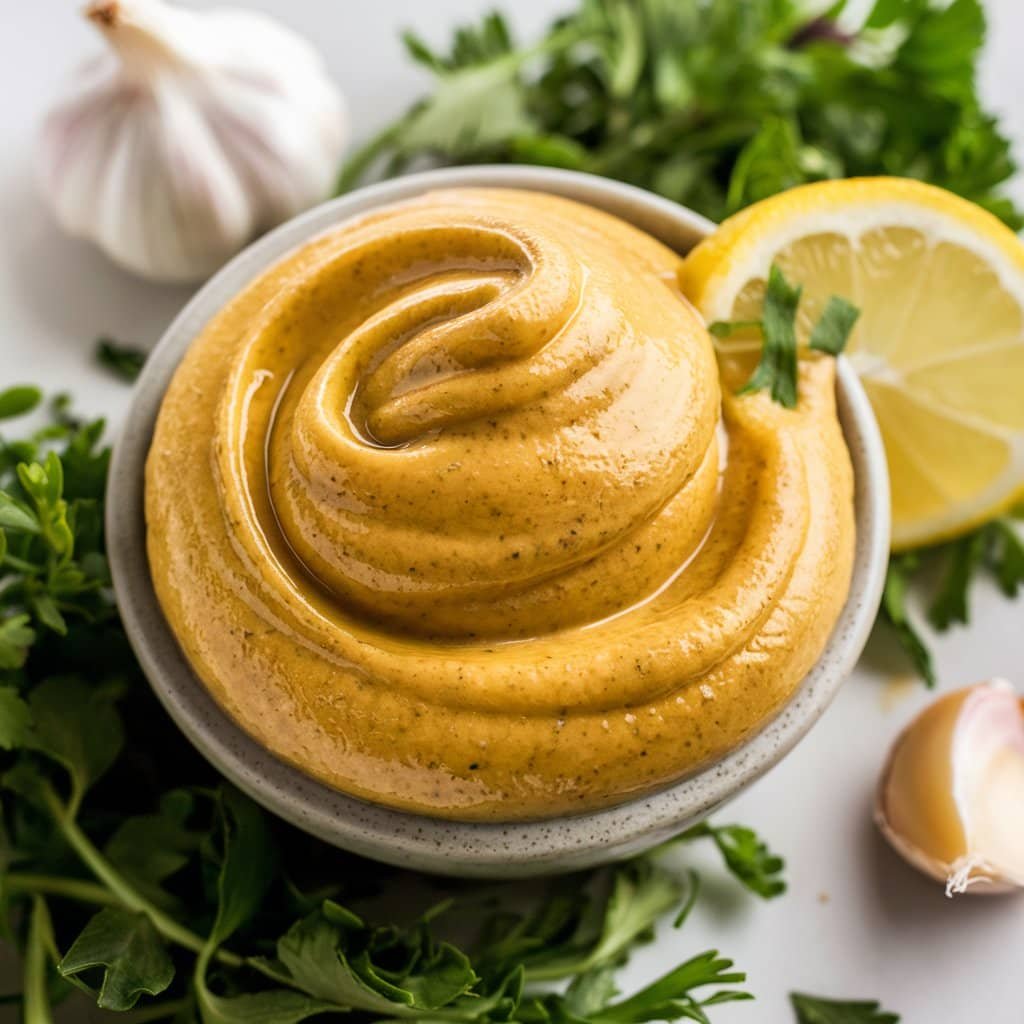
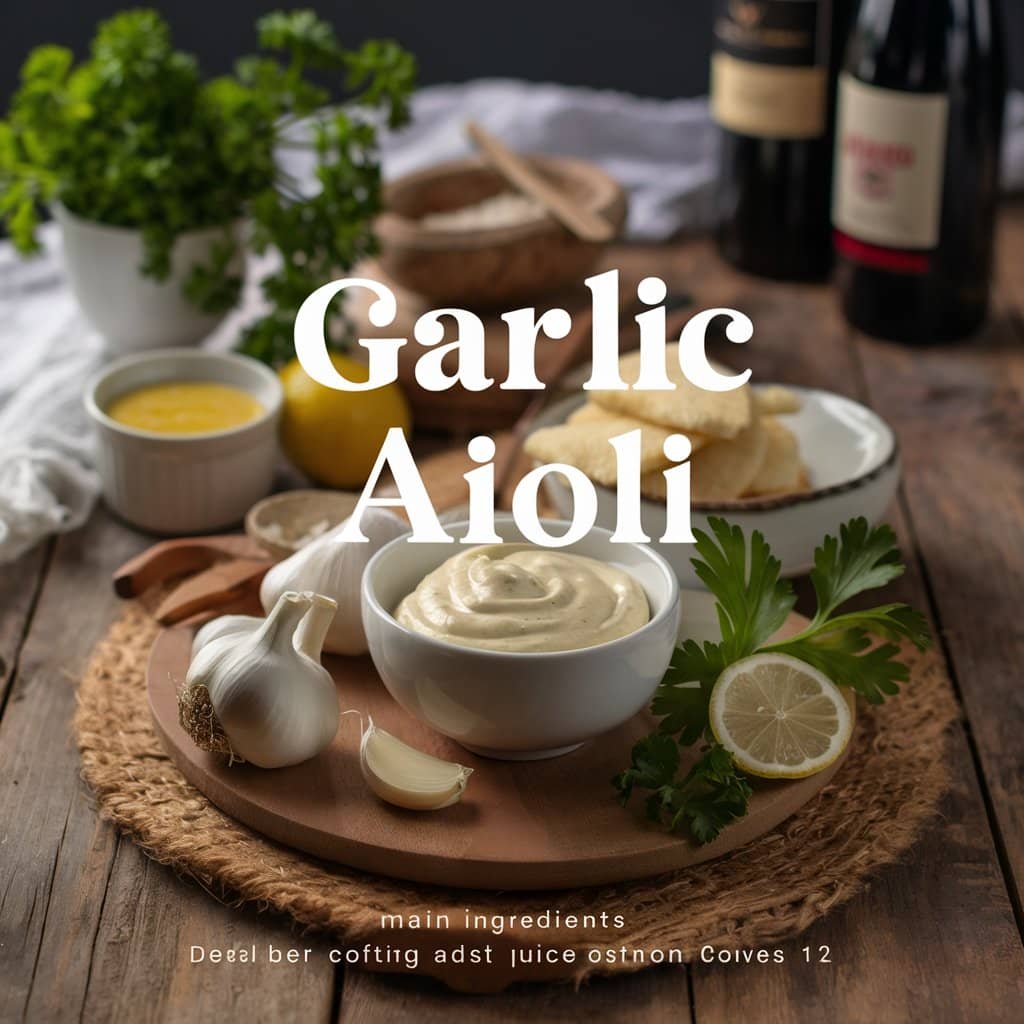
Conclusion
Garlic aioli is a simple yet sophisticated condiment that can transform ordinary dishes into something special. With just a few basic ingredients and minimal preparation time, you can create a delicious sauce that will impress your family and friends. Whether you stick to the classic recipe or experiment with variations, garlic aioli is sure to become a staple in your culinary repertoire.
So, the next time you’re looking to add some flavor to your meals, give this garlic aioli recipe a try. Your taste buds will thank you!




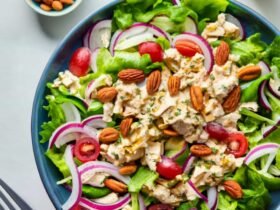


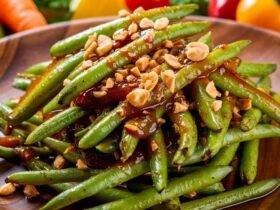







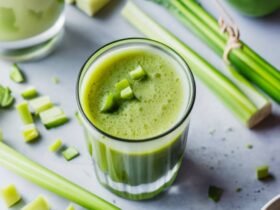

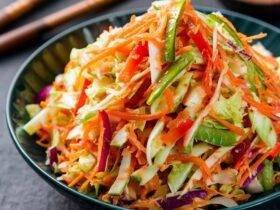
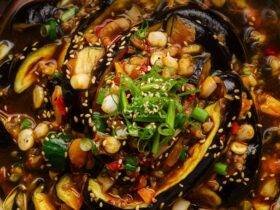



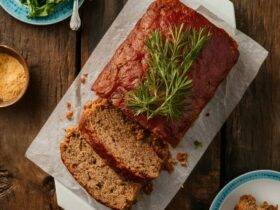
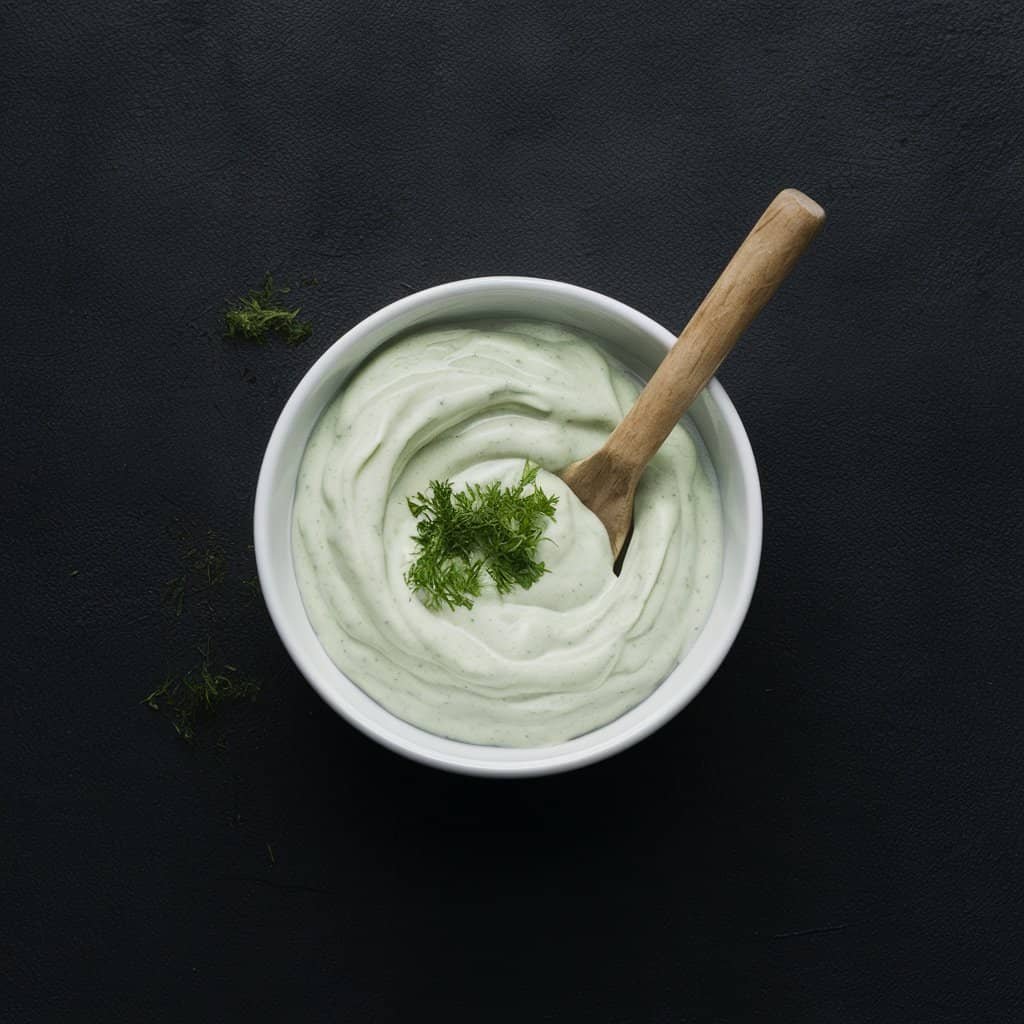
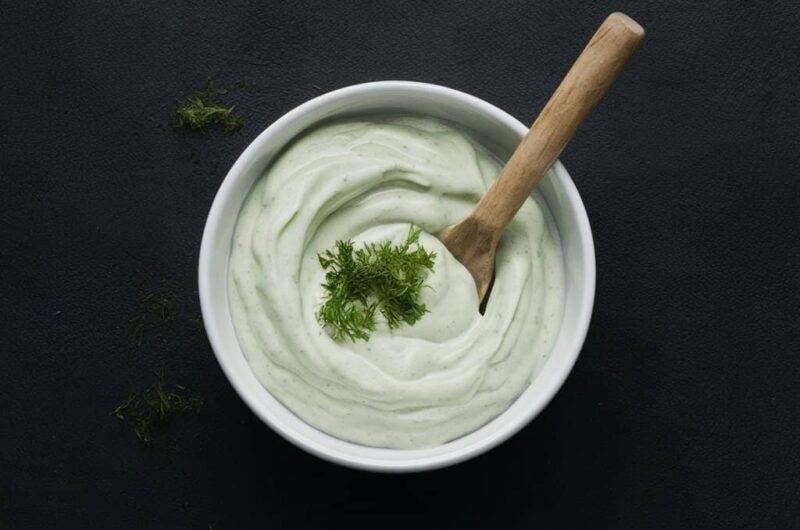


2 Comments